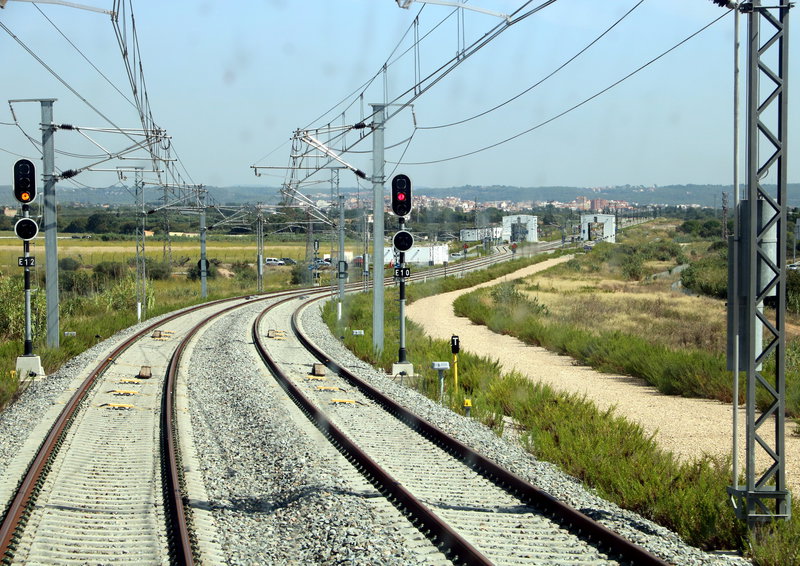THE CORRIDOR OF TRUTH
In one of Aesop’s fables, a wolf wishing to eat a lamb puts forward the lamest reasons to do so while the latter debunks each one… To no avail: in the end the wolf follows its instincts and kills the lamb. This dark fable has stood the test of time because of the bitter truth it conveys: the powerful will fulfil their wishes with any excuse, so their actions matter much more than their words.
Enter the Mediterranean Corridor debate. Spain’s Mediterranean coastal regions – and particularly Catalonia – generate 45% of Spain’s GDP, half of its exports and two thirds of its seaborne freight traffic. Spain’s governments should obviously be extremely interested in building high-performance infrastructures to facilitate transport along this axis and towards Europe, especially if, as is the case, the European Union is willing to finance between 20% and 40% of the cost. Yet the opposite is all-too-often true in Spain.
In 2003, for example, as the EU started to design its future Trans-European Transport Network, the Spanish government proposed a single freight railway corridor across the Iberian Peninsula from Algeciras, in the south, through Madrid and the central, hideously depopulated, highlands to a cyclopean tunnel that would be drilled under the Central Pyrenees to link up with the most depopulated part of France. This plan studiously avoided all the most industrial, exporting regions of Spain, including Catalonia and Valencia as well as the Basque Country. Preposterous as it was, such was Spanish government pressure that in 2005 the European Commission included this design in its first draft European railway plan. Ludicrous. It was not until 2011 that the Central Pyrenees tunnel was finally ruled out and the Mediterranean Corridor approved instead. Yet the tricks were not over. In 2013, the rest of the Central Corridor returned to the plan, now relabelled as the “central branch” of the Mediterranean Corridor. Then, in 2017, a study found that 80% of the funds earmarked for the Mediterranean Corridor were invested in this central route instead of the coastal one, which is by far where most of the traffic is. Priorities are shockingly lopsided. For instance, while pharaonic investments take place across Spain in locations with far lower traffic, the Mediterranean Corridor’s design for Catalonia, which is where traffic flows meet from the south (Valencia), the east (Aragon), the north (France), two major ports (Barcelona-Tarragona) and Catalonia’s own industrial output (26% of Spain’s), is so low-cost, so on-the-cheap, that it is already creating a huge bottleneck that negates the benefits this investment was meant to provide.
Aesop would have understood this at once: the powerful (in this case Spanish governments of various political allegiances) will use any excuse to act according to their wishes. Hence, warm expressions of support by Spanish politicians to their Mediterranean regions’ citizens take place at the same time as acting against their welfare, as described above. But why? There is a clear method in this madness. Spain is the Western European country with the starkest imbalance between densely-populated, high-potential regions (particularly along the Mediterranean coast) and sparsely-populated, increasingly-abandoned ones (“empty Spain”). This poses a major challenge for a state whose political core has traditionally been precisely in this quickly hollowing-out region. So the wolf might fear that the lamb will grow so much that it eventually becomes difficult to manage and, since this lamb’s wool is too valuable, and the wolf has got too used to fleecing it over and over, it might have chosen to starve the woolly beast just enough to arrest its growth. Just a fable? Perhaps. Yet good fables always hide a kernel of truth.

